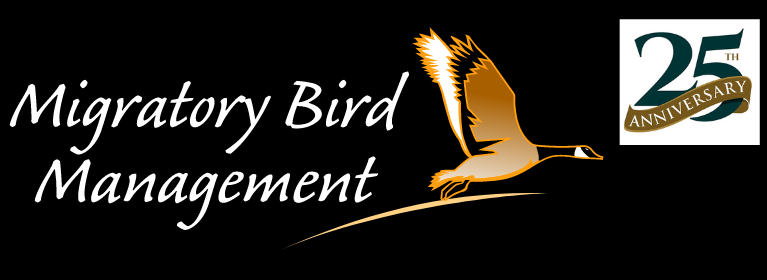The Impact of Wildfires on Birds & Bird Habitat
Aug 23, 2022
It’s no secret that wildfires are becoming more severe in the United States.
While most fires occur in the western half of the U.S., our service area is still affected. These fires can cover huge expanses of habitat, taking down trees and grasses and killing insects and other animals. How does this impact birds? And how does it impact the birds specifically in our area?
There are multiple negative impacts of wildfire, but they can have benefits too.
Wildfires are a natural part of North America’s ecosystem and many species evolved to cope with and adapt to fires. However, human habitation suppressed the normal fire cycle of habitats. Though fires were less frequent, habitats were prone to large and destructive fires.
Understanding the Impact of Wildfires on Bird Migration
Even when they are natural, fires impact both resident and migratory birds and while the fire is active, it eliminates that area for use by birds. This pushes birds to other areas, driving early migration or migration through new territories. It may also prevent tired birds from being able to rest in their normal spots. This can be good news for birders seeing uncommon species in their area, but it can also cause birds to die from exhaustion as they travel further between rests.
Birds & Wildfire Smoke
Smoke from wildfires is extremely hazardous to birds, which have sensitive and specialized respiratory systems. According to a study by the U.S. Geological Survey, “Wildfire smoke has the potential to impact migratory birds at a geographic scale far beyond the bounds of the fires that generate it. At ground level, smoke concentrations can reach a level that impacts bird behavior across a geographic extent more than 27 times the area burned by wildfires.”
This can push birds even further away and affect how and where they fly to avoid irritation from smoke inhalation. Smoke from Canadian and Great Plains wildfires travels as far as Illinois on occasion, making this one of the largest wildfire impacts to birds.

Food Sources & Nesting Areas
Wildfires also eliminate food sources and nesting areas for many bird species, primarily those that rely on insects, seeds, and plants.
Birds have very high metabolisms and must eat frequently. This impact often lasts for months or even years after a large wildfire, causing bird population density and diversity to change dramatically in that area. This can have disastrous consequences for species already in decline due to other habitat and food losses.
Finding Opportunities Within the Destruction
For other birds, however, fires can provide a benefit. Some birds specialize in cleaning up after a fire and many raptors find fire a boon as well; small animals fleeing the flames make for an easy meal. There are even some species of raptors believed to intentionally spread wildfires to flush their prey.
Some species of plants rely on the heat from fires to open up their seed pods and fires can contribute to the regeneration and fertilization of soil. Fire can also push out less adaptive invasive plants and species, enabling native plants and animals to flourish.
But while birds are extremely adaptable, as wildfires and other habitat threats grow faster than they can adapt, their resilience is being tested.
Get Help Today with Your Bird Conflicts
Wildfires change the landscape in ways that impact many species for better and for worse.
The same can be said of birds. In the wrong place at the wrong time, some species of birds can wreak damage and destruction on property, crops, livestock and even human health.
At Migratory Bird Management, a biologist-led team of bird experts specializes in helping property managers, farmers and business owners manage their bird conflicts with solutions that are cost-effective, humane and customized by species, location and circumstances.
To get started with an assessment of your bird issues, reach out to the experts at Migratory Bird Management today.




 0
0
